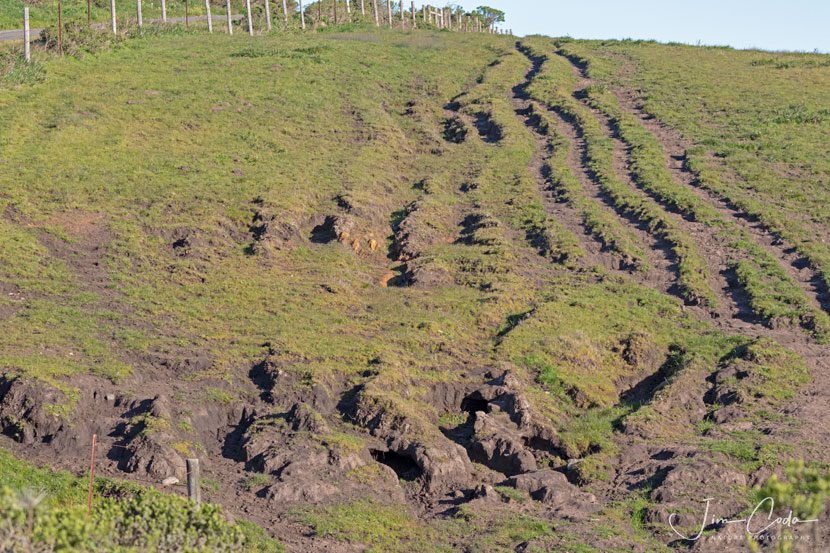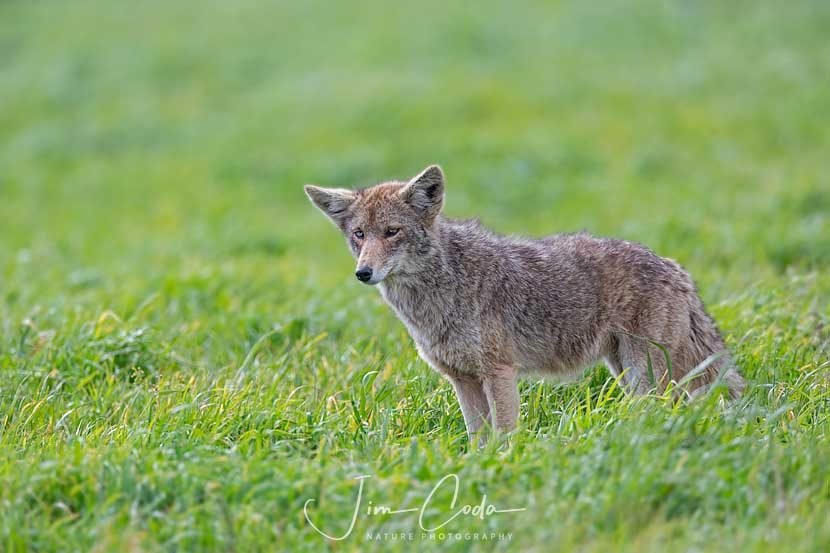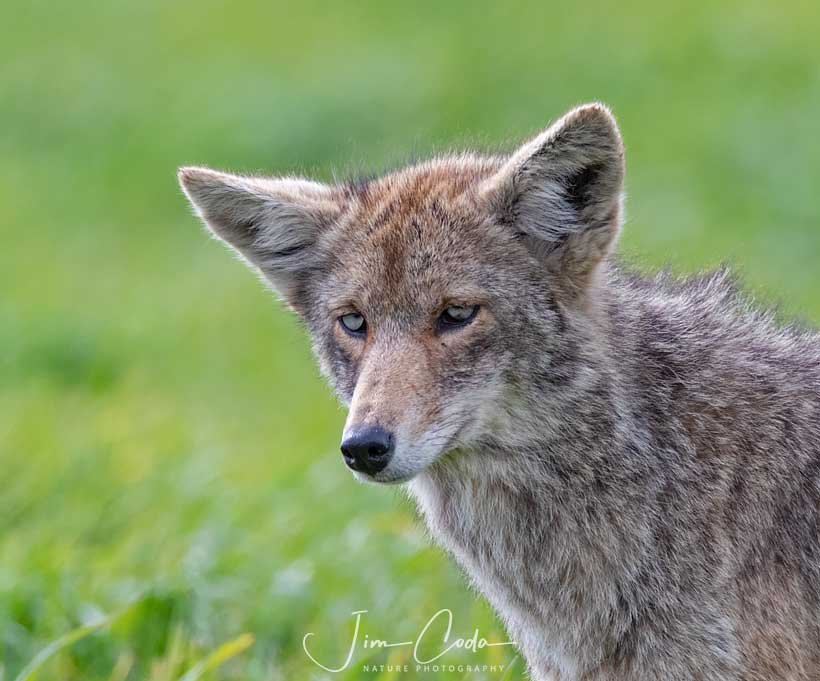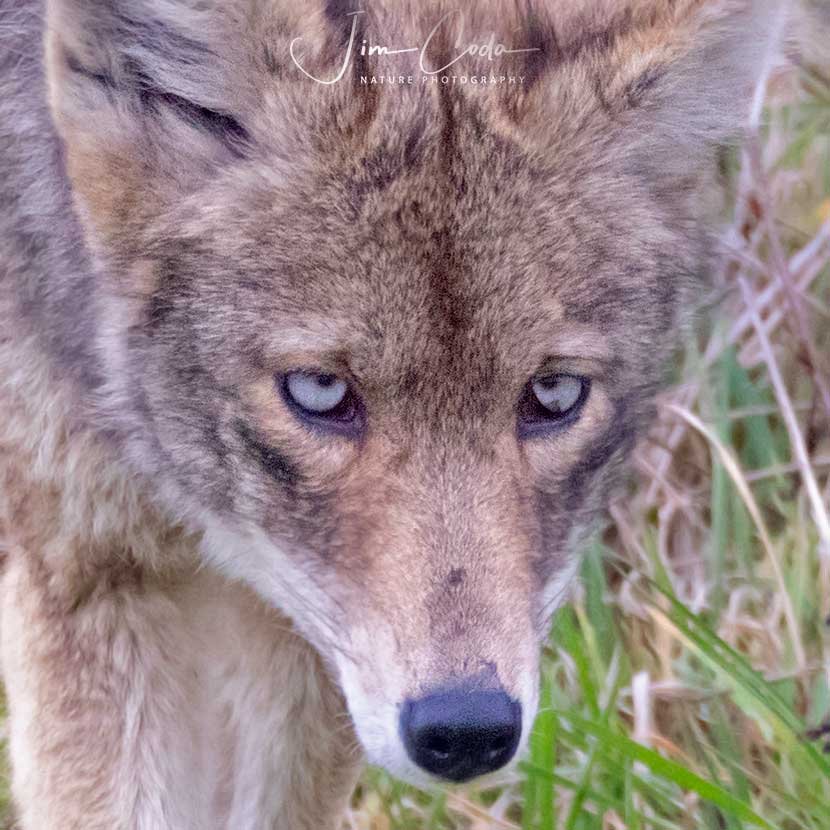POINT REYES PLANNING PROCESS ON TV
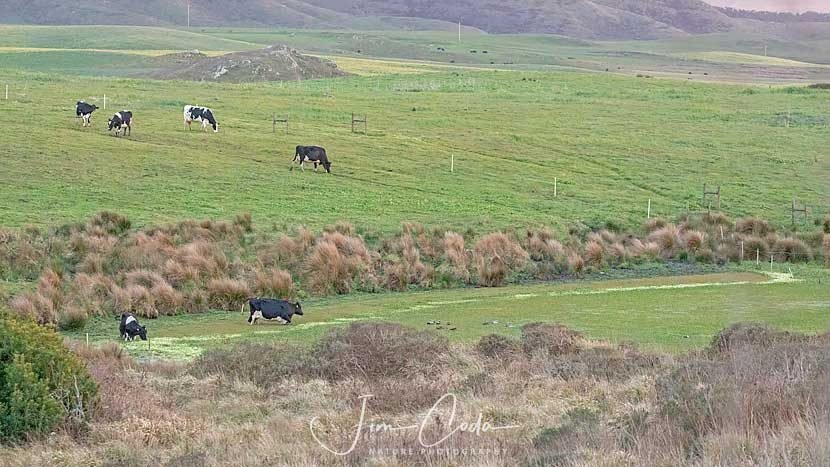
Cows in Pond, Point Reyes
I appeared on Marin TV a week ago with Laura Cunningham of Western Watersheds Project and Skyler Thomas of White Shark Videos. We were on a program called the People’s Environmental News with hosts Charlie Siler and Barbara McVeigh. The hour-long program was about Point Reyes National Seashore and the current planning process. If you’d like to watch it, it’s on YouTube at this link: https://www.youtube.com/watch?v=-qPEZtl1CDM&feature=youtu.be
Here is a picture of a pond in Point Reyes National Seashore which is one of the many things we talked about on the program. The pond is entirely covered in weed growth. Why? Because cows stand in it and urinate and defecate. It also receives manure from lands above it as well as another pond above it whose waters percolate into it. Cow manure is basically fertilizer which causes any vegetation in the water to grow out of control. Of course, there is also the e coli problem, but that’s a story for another day.
This pond is part of the upper reaches of the South Fork of Kehoe Creek which is one of the most polluted creeks in California. Yes, a creek whose entire watercourse is in a national park is one of the most polluted watersheds in California. Way to go National Park Service! It’s responsible animal husbandry to fence a stock pond and to place a stock tank downgrade from the pond and then to run a pipe between them. But that’s not the way the ranchers at Point Reyes operate and the Park Service Superintendent is afraid to tell the ranchers to do anything for fear they will call Senator Feinstein and/or Rep. Huffman and that Superintendent will be out the door, like the last one. But I digress. Back to that pond.
The pond’s water percolates through its earthen dam and joins other Souith Fork waters until the South Fork joins the two North Forks of Kehoe Creek at a pool near the Kehoe Beach parking lot. From there, the manure-laden water flows to Kehoe Beach where the water sits in a pool until a large enough storm occurs that can breach the beach and deliver the manure to the Pacific Ocean.
